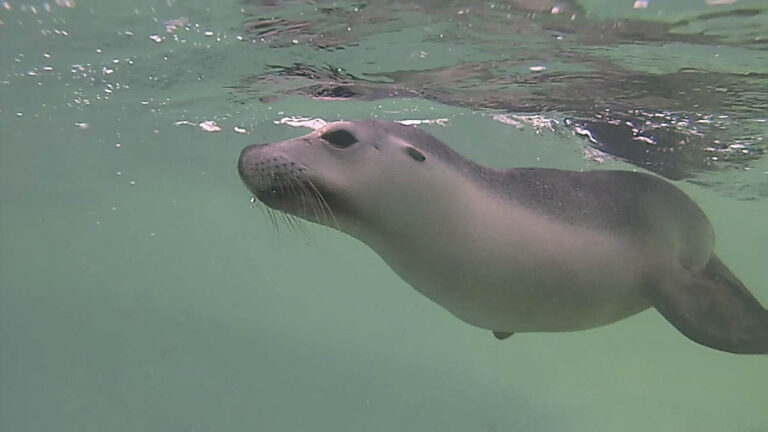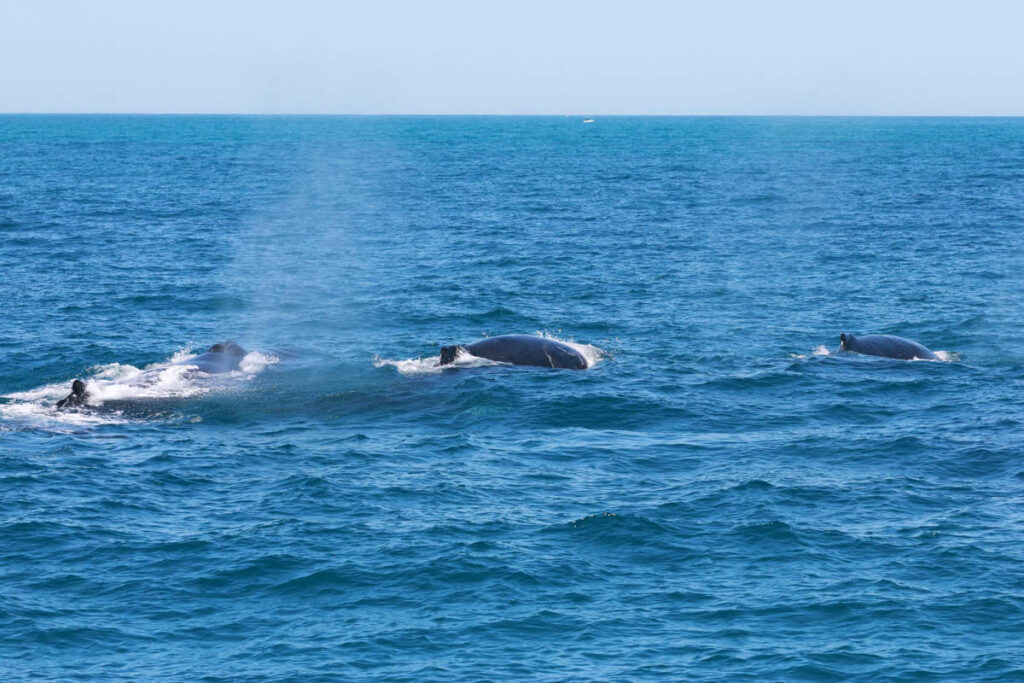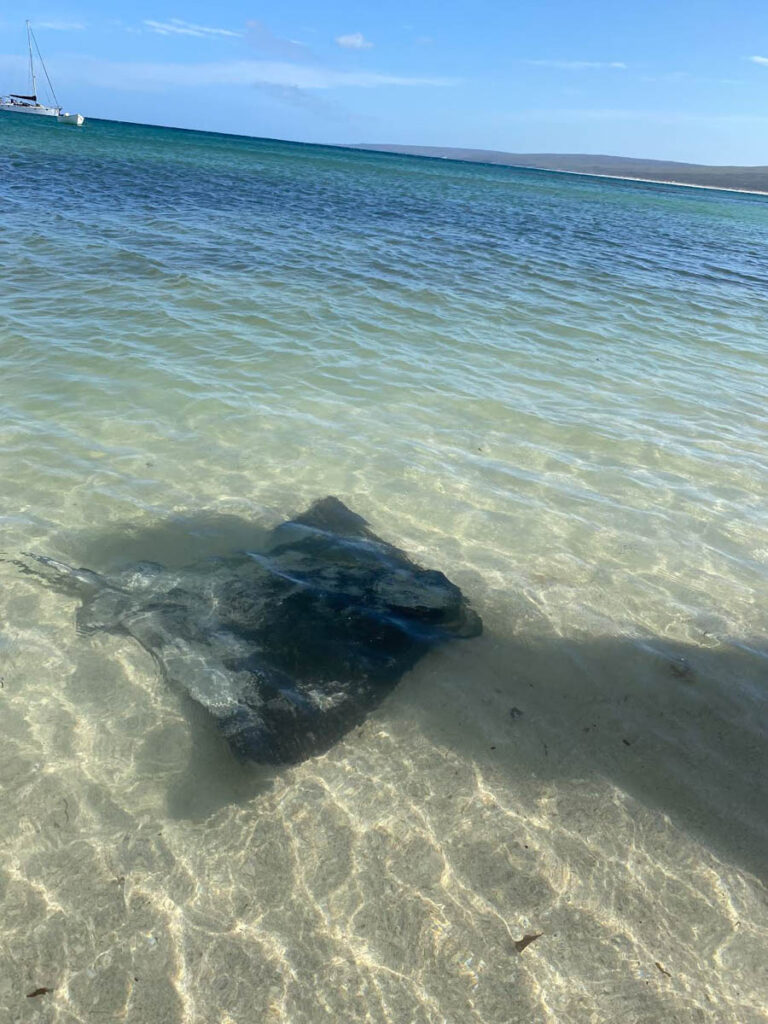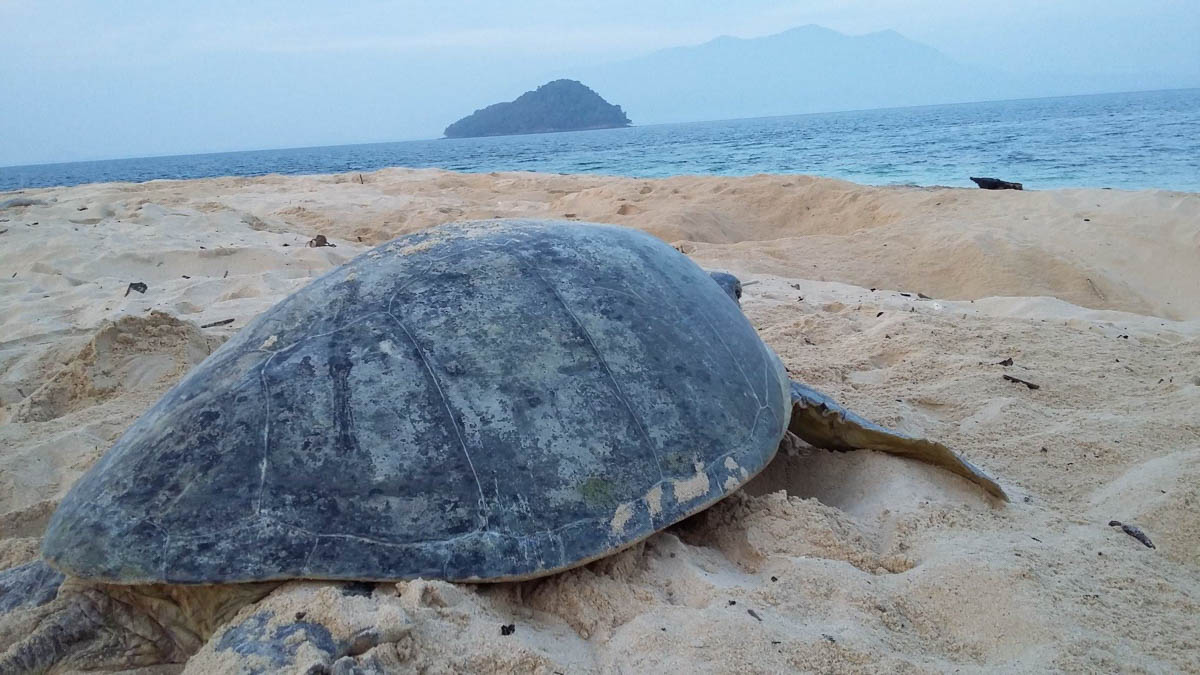It’s 6am on a sunny Saturday morning as I pull up alongside the jetty. I grab my dry bag, towel and camera and head over to the boat that is moored only a few feet away, ready for a day on the water searching for bottlenose dolphins.
Divers, snorkelers and marine enthusiasts come to Western Australia in their droves every year to experience some of the best diving and marine life experiences in the world. From the kangaroo laden beaches of Esperance to the whale shark filled waters of Ningaloo reef, Western Australia is a treasure trove of marine delights. There is a huge array of organisations that will take you to dive, snorkel or simply view incredible underwater habitats and species, but how does this affect this fragile ecosystem and what should we be looking out for to ensure we are causing the least amount of disturbance and participating in the most eco-friendly tourism experience possible.
Feeding wildlife
As we cruise around the bay, hopping in and out of the water, we ensure the boat never comes too close to the pod we have been observing all morning. The guide explains the importance of not enticing the animals to interact with us using anything other than pure curiosity. The dolphins dance around us in a display of agility and elegance that this species is famous for. Soon it was time to go and leave the dolphins in peace but no sooner had we turned to head towards the shore did the engine stop once again. Our guide, with binoculars in hand, moved to the back of the boat to take a closer look at a small pleasure cruiser bobbing a few hundred meters away from us. The five or six people on the boat were all crowded around the stern, with several members of their group leaning into the water. The guide explained that often she would see boats such as this one feeding the wild dolphins from the back of their boats to get closer to the animals. This is not only extremely dangerous, given a male bottlenose dolphin can weigh up to 300kg and has very sharp teeth, resulting in a potentially devastating injury, but by feeding the dolphins they are interfering with their natural behaviour, decreasing the amount of time they spend foraging and socializing, whilst increasing negative begging behaviours, which could cause them to become reliant on handouts and encourage them to spend more time in areas of high boat traffic. We headed back to shore, where the incident was reported to the local conservation authority.
Interacting with wildlife
On a quiet beach further down the coast, a lesser-known marine spectacle is taking place. As I wade into the water to cool myself down in the forty-degree heat, I notice something moving in the sand. A large dark figure gracefully glides along the length of the beach. A black stingray, common to this region, is hunting in the shallows. I step out of the water to get a better view and give the sting ray space when I notice another, and another. Before long the area was full of different species of ray, swimming the length of the beach, looking for fish, shrimp and crabs. Locals and environmentally aware tourists watch from the beach or shallows whilst others, perhaps not so aware of the rules regarding interacting with these species, wade into the water to get a closer look, an underwater video of the animals or to even try and stroke these huge ocean dwellers. I watch as the rays move in and out of the rows of feet, trying their best to navigate these new obstacles that have come between them and their next meal. On the way back up the beach I notice a large sign that highlights the importance of giving wildlife in this area space. As they hunt within touching distance of the shoreline, it is tempting to physically interact with them but doing so can be harmful to the rays. As well as interrupting their feeding, we may also be passing on germs and diseases if we attempt to touch them.
Changes in season
It was a calm day on the water as I set out for a sea lion snorkel in the immensely popular Jurien Bay area. The sea lions were abundant and incredibly active. Several females were swimming around the boat, ducking and diving through the wake until we came to a stop. Just a few hundred meters from shore the boat bobbed in the water as we prepared ourselves for the swim. I slid on my wetsuit and snorkel and lowered myself carefully and quietly into the water so as not to frighten the sea lions and other wildlife that may have been in the area. The sea lions, however, had other plans, breaching, porpoising, and racing past at lightning speed. Endlessly curious, the sea lions did not waste any time getting acquainted with their new friends who had come to visit. Slender females and young males weaved in and out of my view as I floated on the surface. I had noticed the large males on the beach not far from us, so when I came back to the boat, I enquired with the captain about the potential of these males to enter the water and what that meant for the swim. He pointed to a member of his crew perched on the very top of the boat with a pair of binoculars, stating that his job was to assess not only which animals were in the water and which were not, but also the behaviour of those animals. He added that at certain times of the year it was more common to find the large males in the water guarding and courting the females. As a responsible company they always considered the season and behaviour of the animals when conducting their tours and wouldn’t send guests into the water if the large males were there. This is not only for the safety of the swimmer but also the welfare of the sea lions.
Respecting natural behaviours
I walked along the beach and down to the jetty with my camera in hand. I had a dugong watching tour booked that morning in Shark Bay but had some time to waste so decided to leave early to photograph the pelicans that lined the shore. I had spotted some very impressive birds when something floating in the water caught my eye. I focused my lens on the mystery creature and started clicking away when I realized it was a green turtle. I had taken more than a dozen shots when my dugong watching boat arrived. A woman emerged from the boat and started walking down the jetty towards me. She stopped as she noticed what I was photographing. “Oh, lovely” she remarked, “you often get these guys around here”. She continued to tell me that the green turtles feed along Shark Bay but travel further north to Ningaloo reef and nest on the beaches around Exmouth.
Both feeding and nesting turtles regularly come into contact with divers, snorkelers, and beach goers, and it is incredibly important that species such as these are not disturbed when they are feeding or nesting. Female turtles often exhibit what is known as false crawls when they are nesting, where they will haul themselves out on land to lay their eggs, but reconsider their nesting spot or get disturbed during the process. This means they have to drag themselves back down to the sea to make the journey again later that night or the following evening. This means they will be expending a lot more energy that they should be reserving for laying and covering their eggs to increase their chances of survival. Most ethical tours and researchers will even use red bulbs in their torches when monitoring or viewing the turtles. These red lights emit a very narrow portion of the visible light spectrum, which ensures minimal disturbance to these marine reptiles.
Giving wildlife space
Whale! – my son shouted as we saw that familiar puff of water vapour rising into the sky. A few hundred meters away, a female humpback whale dove below the surface and disappeared once more. We were aboard a whale watching and research vessel just off the coast of Perth, where humpback, southern right, minke and even blue whales regularly journey through on their annual migrations. Another puff of air and water shot into the clear blue sky as a second humpback whale appeared, followed closely by another. As we watched amazed by so many whales in such a small area, the marine biologist on board explained the two whales who had just joined us were male and were pursuing the female. The males seemed to chase one another whilst trying to fight for a position closest to the female. The boat regularly had to move away in one direction or another as the marine expert described the scene before us. She went on to say that the boat was moving to stay out of the path of the two males and that it was important to not only avoid getting between the female and males, as we may interfere with their courtship, but just as important not to cause the female to become trapped between the boat and the males, which may cut off her way of evading her admirers if she chooses. By paying close attention to the whales’ behaviour we could observe them safely at a distance and know where to place ourselves so that we minimize our impact on their situation. The female swam on with her two male suitors in tow, leaving an awe inspired crowd smiling all the way back to shore.
Spending a little time before booking a wildlife tour to research the company who will facilitate the activity will ensure your safety and that of the wildlife you are viewing. By giving wildlife space, peace and the opportunity to express natural behaviours we are ensuring an ethical experience full of fun, excitement and increased animal welfare.










